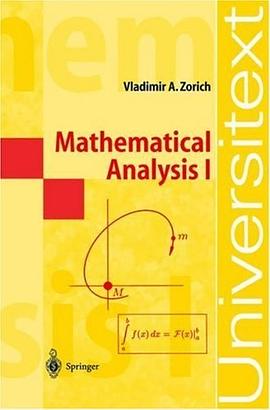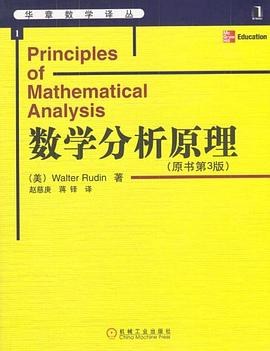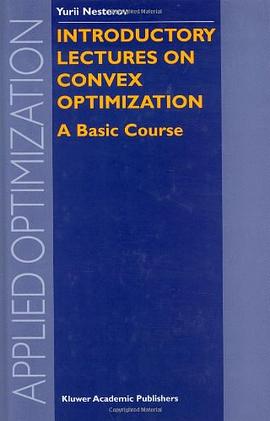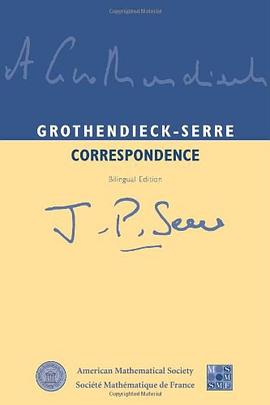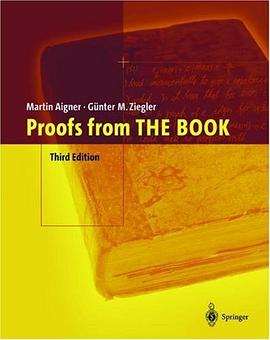Preface
A Note for the Teacher
Chapter I Matrix Operations
1. The Basic Operations 1
2. Row Reduction 9
3. Determinants 18
4. Permutation Matrices 24
5. Cramer's Rule 28
EXERCISES 31
Chapter 2 Groups
1. The Definition of a Group 38
2. Subgroups 44
3. Isomorphisms 48
4. Homomorphisms 51
$. Equivalence Relations and Partitions 53
6. Cosets 57
7. Restriction of a Homomorphism to a Subgroup 59
8. Products of Groups 61
9. Modular Arithmetic 64
10. Quotient Groups 66
EXERCISES 69
Chapter 3 Vector Spaces
1. Real Vector Spaces 78
2. Abstract Fields 82
3. Bases and Dimension 87
4. Computation with Bases 94
5. Infinite-Dimensional Spaces 100
6. Direct Sums 102
EXERCISES 104
Chapter 4 Linear Transformations
1. The Dimension Formula 109
2. The Matrix of a Linear Transformation 111
3. Linear Operators and Eigenvectors 115
4. The Characteristic Polynomial 120
5. Orthogonal Matrices and Rotations 123
6. Diagonalization 130
7. Systems of Differential Equations 133
8. The Matrix Exponential 138
EXERCISES 145
Chapter 5 Symmetry
1. Symmetry of Plane Figures 155
2. The Group of Motions of the Plane 157
3. Finite Groups of Motions 162
4. Discrete Groups of Motions 166
5. Abstract Symmetry: Group Operations 175
6. The Operation on Cosets 178
7. The Counting Formula 180
8. Permutation Representations 182
9. Finite Subgroups of the Rotation Group 184
EXERCISES 188
Chapter 6 More Group Theory
1. The Operations of a Group on Itself 197
2. The Class Equation of the Icosahedral Group 200
3. Operations on Subsets 203
4. The Sylow Theorems 205
5. The Groups of Order 12 209
6. Computation in the Symmetric Group 211
7. The Free Group 217
8. Generators and Relations 219
9. The Todd-Coxeter Algorithm 223
EXERCISES 229
Chapter 7 Bilinear Forms
1. Definition of Bilinear Form 237
2. Symmetric Forms: Orthogonality 243
3. The Geometry Associated to a Positive Form 247
4. HermitianForms 249
5. The Spectral Theorem 253
6. Conics and Quadrics 255
7. The Spectral Theorem for Normal Operators 259
8. Skew-Symmetric Forms 260
9. Summary of Results, in Matrix Notation 261
EXERCISES 262
Chapter 8 Linear Groups
1. The Classical Linear Groups 270
2. The Special Unitary Group SU2 272
3. The Orthogonal Representation of SU2 276
4. The Special Linear Group SL2(R) 281
5. One-Parameter Subgroups 283
6. The Lie Algebra 286
7. Translation in a Group 292
8. Simple Groups 295
EXERCISES 300
Chapter 9 Group Representations
1. Definition of a Group Representation 307
2. G-Invariant Forms and Unitary Representations 310
3. Compact Groups 312
4. G-Invariant Subspaces and Irreducible Representations
5. Characters 316
6. Permutation Representations and the Regular
Representation 321
7. The Representations of the Icosahedral Group 323
8. One-Dimensional Representations 325
9. Schur's Lemma, and Proof of the Orthogonality
Relations 325
10. Representations of the Group SU2 330
EXERCISES 335
Chapter 10 Rings 345
1. Definition of a Ring 345
2. Formal Construction of Integers and Polynomials 347
3. Homomorphisms and Ideals 353
4. Quotient Rings and Relations in a Ring 359
5. Adjunction of Elements 364
6. Integral Domains and Fraction Fields 368
7. Maximal Ideals 370
8. Algebraic Geometry 373
EXERCISES 379
Chapter 11 Factorization 389
1. Factorization of Integers and Polynomials 389
2. Unique Factorization Domains, Principal Ideal Domains,
and Euclidean Domains 392
3. Gauss's Lemma 398
4. Explicit Factorization of Polynomials 402
5. Primes in the Ring of Gauss Integers 406
6. Algebraic Integers 409
7. Factorization in Imaginary Quadratic Fields 414
8. Ideal Factorization 419
9. The Relation Between Prime Ideals of R and Prime
Integers 424
10. Ideal Classes in Imaginary Quadratic Fields 425
11. Real Quadratic Fields 433
12. Some Diophantine Equations 437
EXERCISES 440
Chapter 12 Modules
1. The Definition of a Module 450
2. Matrices, Free Modules, and Bases 452
3. The Principle of Permanence of Identities 456
4. Diagonalization of Integer Matrices 457
5. Generators and Relations for Modules 464
6. The Structure Theorem for Abelian Groups 471
7. Application to Linear Operators 476
8. Free Modules over Polynomial Rings 482
EXERCISES 483
Chapter 13 Fields
1. Examples of Fields 492
2. Algebraic and Transcendental Elements 493
3. The Degree of a Field Extension 496
4. Constructions with Ruler and Compass 500
5. Symbolic Adjunction of Roots 506
6. Finite Fields 509
7. Function Fields 515
8. Transcendental Extensions 525
9. Algebraically Closed Fields 527
EXERCISES 530
Chapter 14 Galois Theory
1. The Main Theorem of Galois Theory 537
2. Cubic Equations 543
3. Symmetric Functions 547
4. Primitive Elements 552
5. Proof of the Main Theorem 556
6. QuarticEquations 560
7. Kummer Extensions 565
8. Cyclotomic Extensions 567
9. QuinticEquations 570
EXERCISES 575
Appendix Background Material
1. Set Theory 585
2. Techniques of Proof 589
3. Topology 593
4. The Implicit Function Theorem 597
EXERCISES 599
Notation
Suggestions for Further Reading
Index
· · · · · · (
收起)









